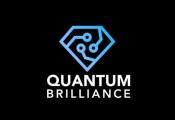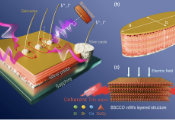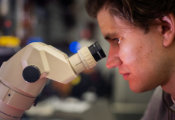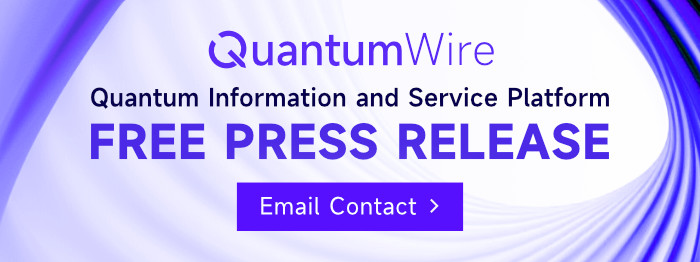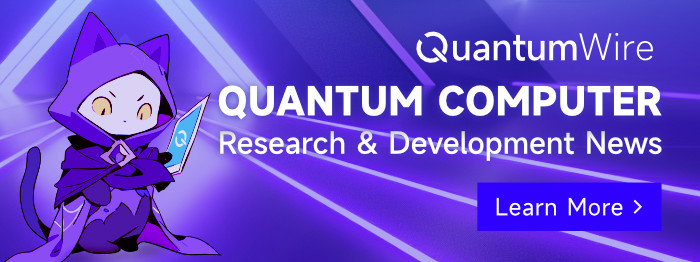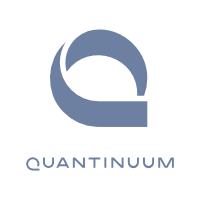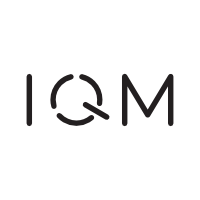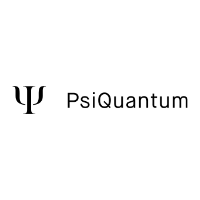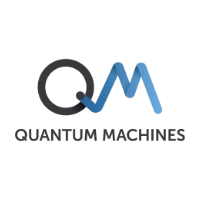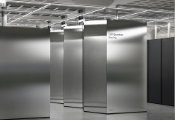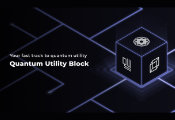Using Machine Learning to Understand Fundamental Structures of Quantum Mechanics
June 04 2025 -- Quantum systems can exhibit correlations significantly stronger than those in classical systems. This ›spooky action at a distance‹ is referred to as ›nonlocality‹ in modern physics. Scientists in the Theory Division at the Max Planck Institute for the Science of Light (MPL) have recently published a novel algorithm. It determines whether any given state of a physical system exhibits nonlocality or whether classical local correlations are present. Nonlocality is necessary for a variety of real-world applications, such as quantum cryptography, and serves to improve our understanding of quantum many-body systems.
Soon after the discovery of quantum mechanics, scientists realized that it predicts correlations between distant particles, which are stronger than classically possible. This phenomenon was described by Einstein as ›spooky action at a distance‹ and is known in modern quantum physics as ›nonlocality‹. In 2022, its experimental confirmation was rewarded with the Nobel Prize. Nonlocal states are essential for a variety of current and future applications, such as provably secure cryptography.
Depending on their parameters, physical systems can transition from classical local states to non-local states, which are important for quantum mechanics. Until now, scientists could only vaguely determine the corresponding threshold.
An MPL research team has now developed an algorithm which makes it possible to determine these boundaries in a concrete and quantitative manner.
Distinguishing between local and non-local states of a physical system
A state is considered local if the results of ›all possible‹ experiments can be explained by a model with certain properties (so-called ›local hidden-variable models‹). If this is not possible, the state is non-local. The difficulty in distinguishing between local and non-local states lies in the infinite number of possibilities for such models. In particular, there has previously been no systematic way to analyze ›all possible‹ models.
MPL scientists are tackling this problem with machine learning. Their algorithm automatically constructs an intrinsically local model for any physical state, such that the experimental predictions are as close as possible to the quantum mechanical ones.
The input to the algorithm can be any quantum state. Such states can describe, for example, spin configurations or the polarization state of photons. The researchers have now found a method to investigate all ›local hidden-variable models‹ systematically. Using a specific machine learning method, called stochastic gradient descent, they are able to construct the best possible model automatically. Through optimization, the parameterized model should make the same predictions for all experiments as quantum mechanics. If successful, this provides constructive numerical evidence for the state being local. If not successful, the scientists can gradually expand the space of considered models until all possible models are taken into account asymptotically. If this still does not work, the state is most likely non-local.
“Overall, our algorithm allows us to determine very efficiently whether an arbitrary state is local or non-local. In the local case, we even have an explicit local model. In the non-local case, we have a local model that approximates the state in the best possible way,” explains Nick von Selzam, first author of the paper. Florian Marquardt, Director at MPL and Head of the Theory Division, adds: “In this way we obtained new quantitative insights regarding the boundaries between locality and nonlocality for a variety of systems, ranging from well-known highly symmetric states to the ground states of complicated many-body systems. Such results can, for example, be interpreted as the noise robustness of nonlocal correlations.”
Promising future applications
The fundamental work of Marquardt’s team, which was published in the Journal ›PRX Quantum‹, allows one to extend the algorithm to various applications and transfer it to other scientific contexts. The authors see great application potential, particularly for quantum entanglement involving more than two particles.

